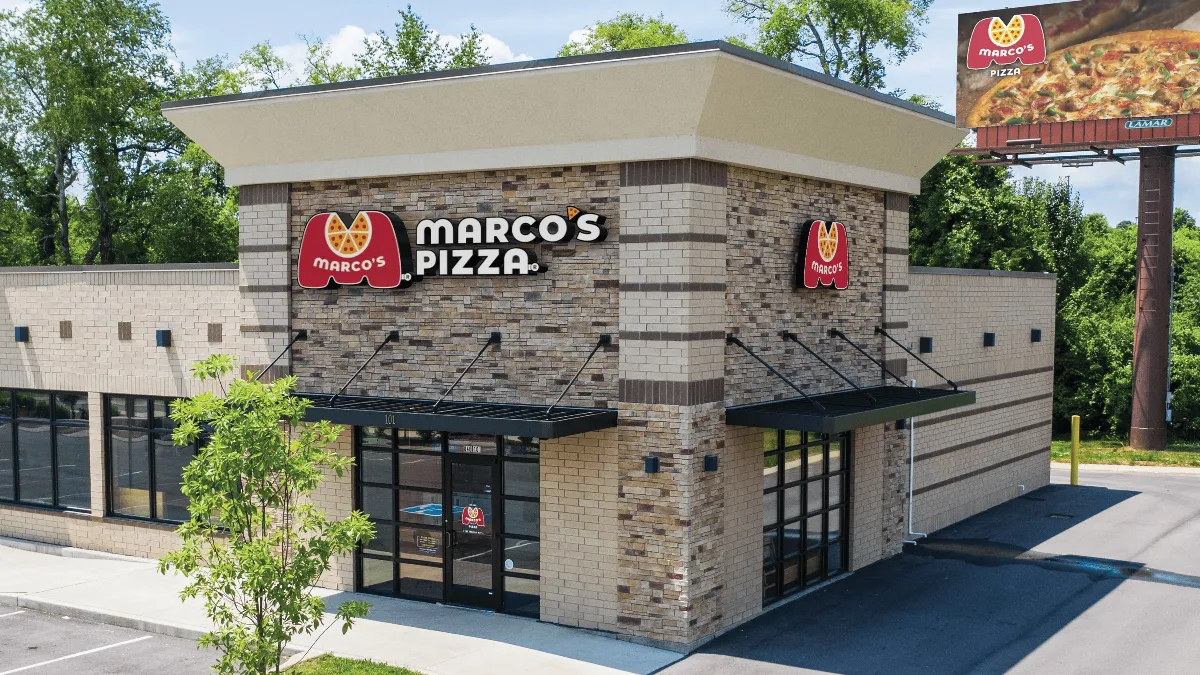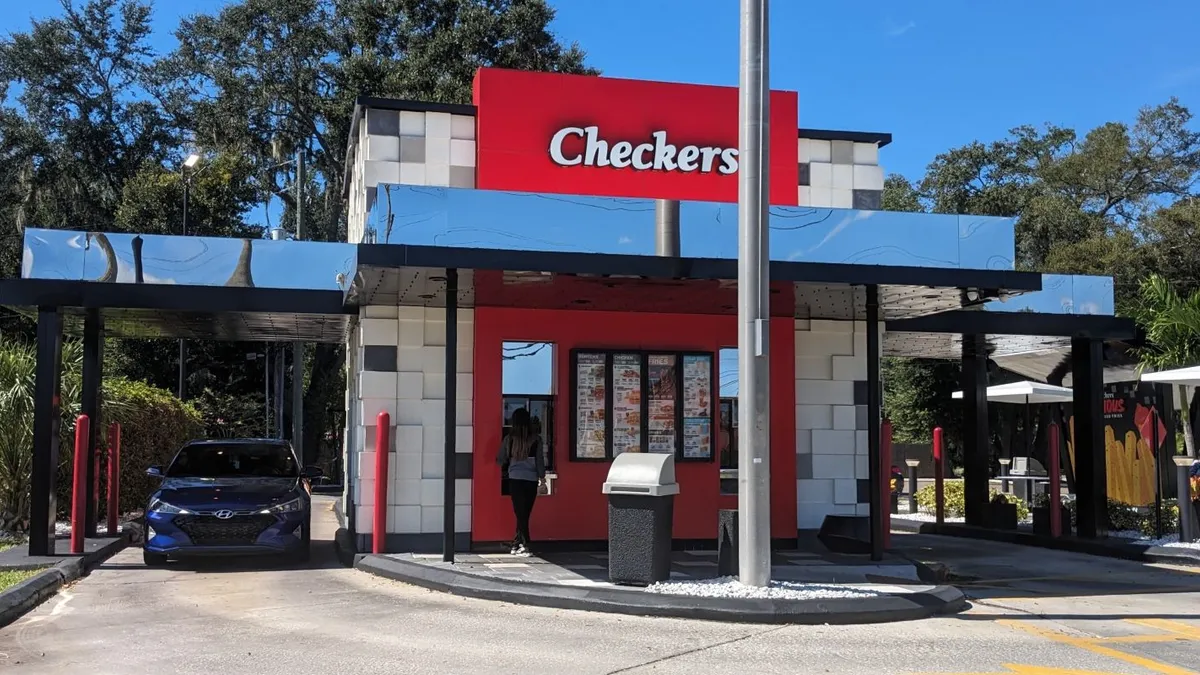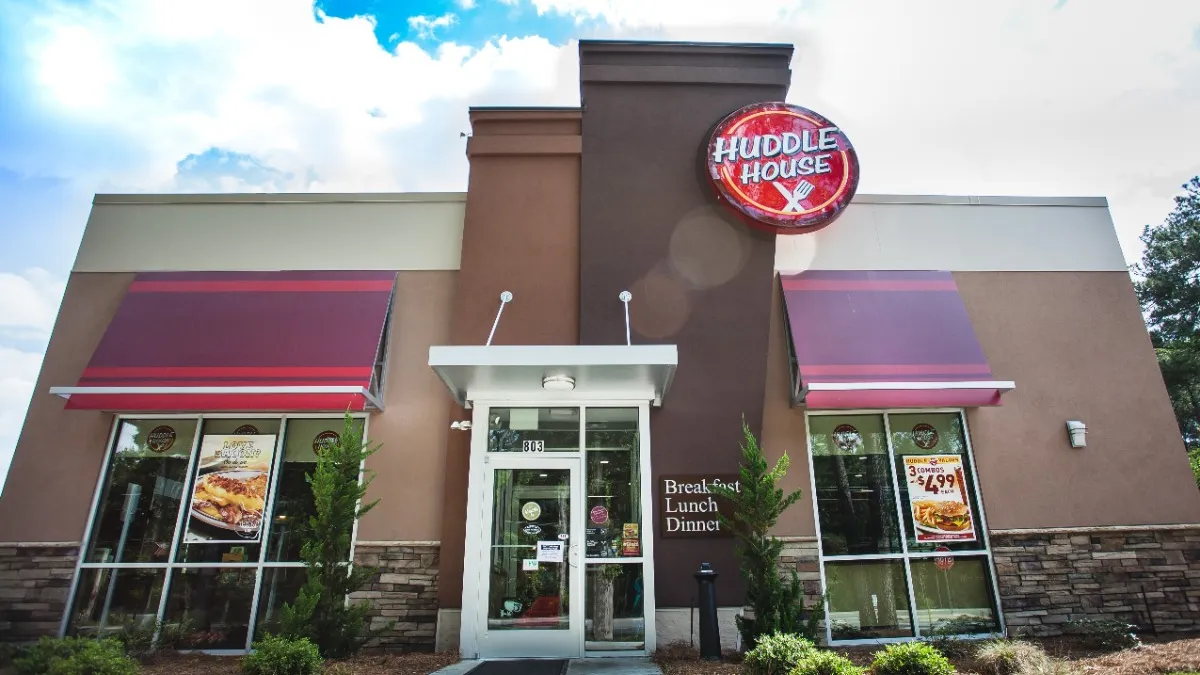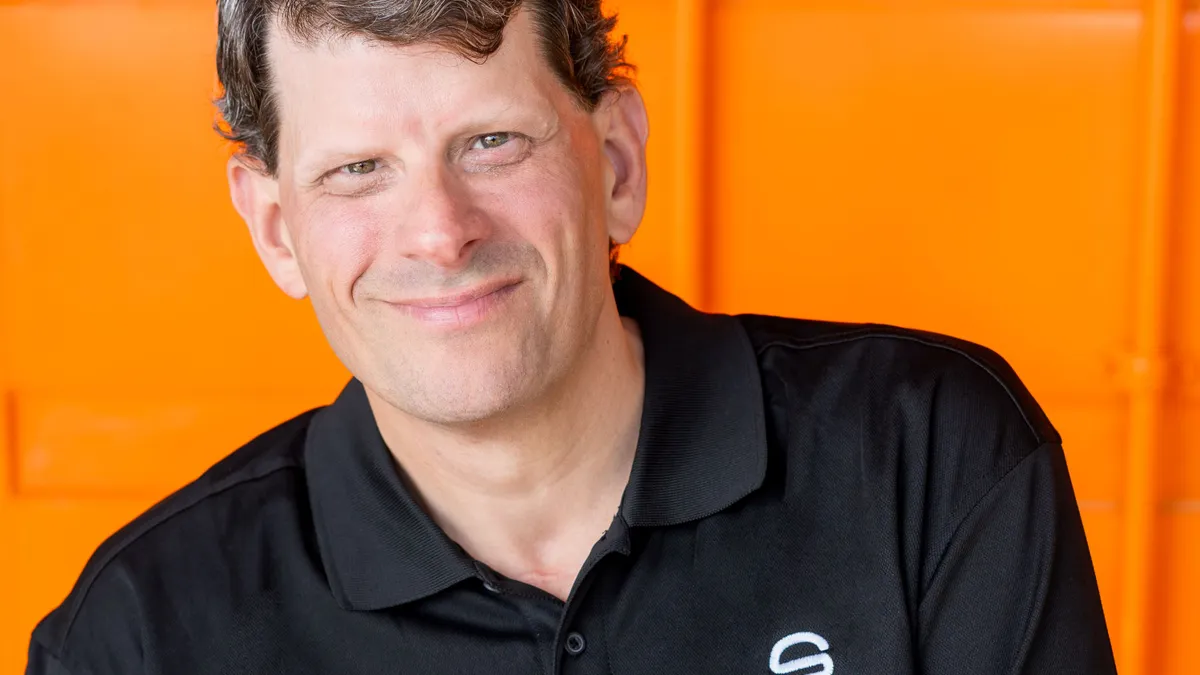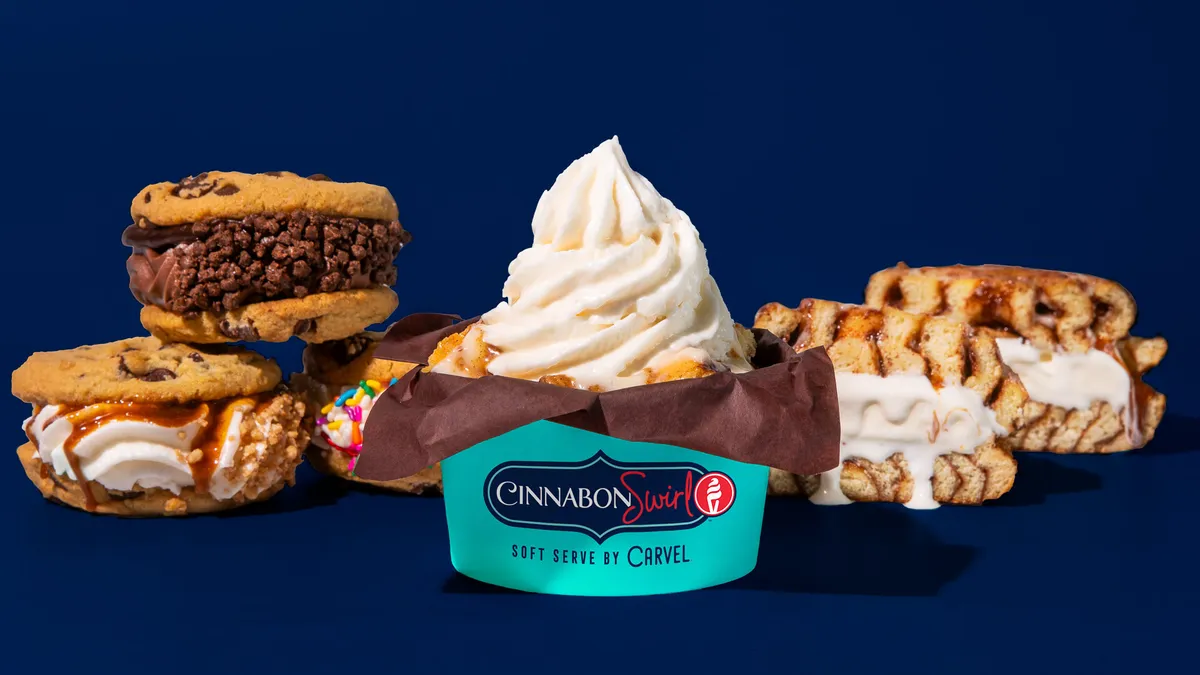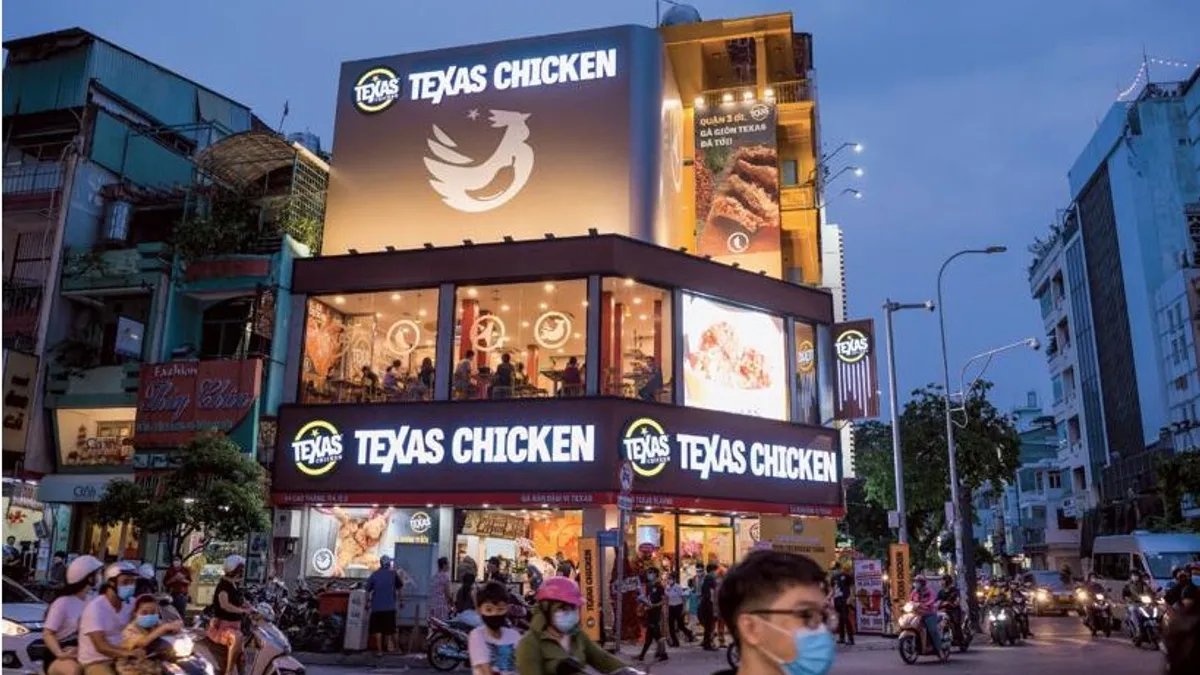Since joining Marco’s Pizza last September, Chief Development Officer Gerardo Flores has overseen an ambitious growth plan. Flores, who has 20 years of franchising experience with Tropical Smoothie, Jersey Mike’s, Quiznos, Cold Stone Creamery and PetSmart, believes Marco’s has a lot more room to grow.
The company, which plans to reach 1,200 units this year, has identified about 4,200 potential locations in the U.S, Flores said. Last year, Marco’s opened 90 stores and awarded 140 units to franchisees. During the first half of this year, it signed 50 franchise agreements and had 200 stores in various stages of development.
Its recent growth is concentrated in the Mid-Atlantic, Southeast and Southwest, but will continue westward. The brand is also eyeing international development and is in talks with master developers to expand into new countries, he said.
With all of this growth underway, Marco’s, which is the fifth-largest pizza delivery chain in the country by sales, is vying to become the fourth-largest chain. If it took the fourth spot, it would unseat Papa Johns. Last year, Marco’s surpassed $1 billion in annual sales and reached annual unit volumes of over $1.2 million.
Restaurant Dive spoke with Flores to better understand Marco’s growth strategy, how it selects potential sites and what the future holds for Marco’s development.
Editor’s note: This interview has been edited for clarity and brevity.
RESTAURANT DIVE: What do you think is helping drive interest among new and existing franchisees for Marco’s Pizza?
GERARDO FLORES: The biggest thing is our brand strength. Marco’s, as a brand, has proven food quality. People love our pizza. The biggest advertising piece for us is getting our food in people’s mouths. At ICSC [International Council of Shopping Centers] in Las Vegas in May, we made the strategic decision to hand out free pizza slices. We ended up handing out over 6,000 slices of pizza to people who have never really had our food. So we were really excited about that opportunity to show people what our quality is all about.
From a unit perspective, our average unit volumes are pushing seven figures for the top 50% of our franchisees. We had major increases in construction costs over the last year because of the inflationary moment. But we’re doing everything we can to control our construction numbers. And that applies also to supply chain issues such as equipment.
What have you been doing to control these costs?
We’ve taken a couple of different approaches to it. The first is that we reduced our footprint. We used to do stores in the 1,600- to 1,800-square-foot range. We’ve reduced the footprint to 1,200 to 1,400 square feet. We’ve also taken all the dining room seats out of the format. Now we’re only doing locations that offer delivery and carry out. Our strategy is going to drive toward that model. However, there are some franchisees who would prefer to have some seating in the restaurants in some smaller markets — some are more family-oriented markets. We’ll allow that on a case-by-case basis.
David Gladstone, who’s our vice president of construction, is going through a value engineering project, looking at our equipment and looking at the way it’s set up and really driving down the cost in that perspective. As we start developing more and more stores, we’re going to be able to start purchasing equipment and getting some true quantity discounts for our franchisees.
How did Marco’s determine it could open in 4,200 identified trade areas?
We have a few folks in the mapping department who have taken our demographic profile and [are] going through state by state, city by city and identifying exactly which trade areas meet our minimum criteria. The real estate team will then go through and validate those trade areas.
Given this research, where are you headed now with your unit count?
We have a five-year development plan in place that we’re trying to hit. We are going to hit our 1,200th location this year. We are on track to do 150 stores next year, and then increase it thereafter, year after year. The goal is, over the next couple of years, to get to 300 store openings per year.
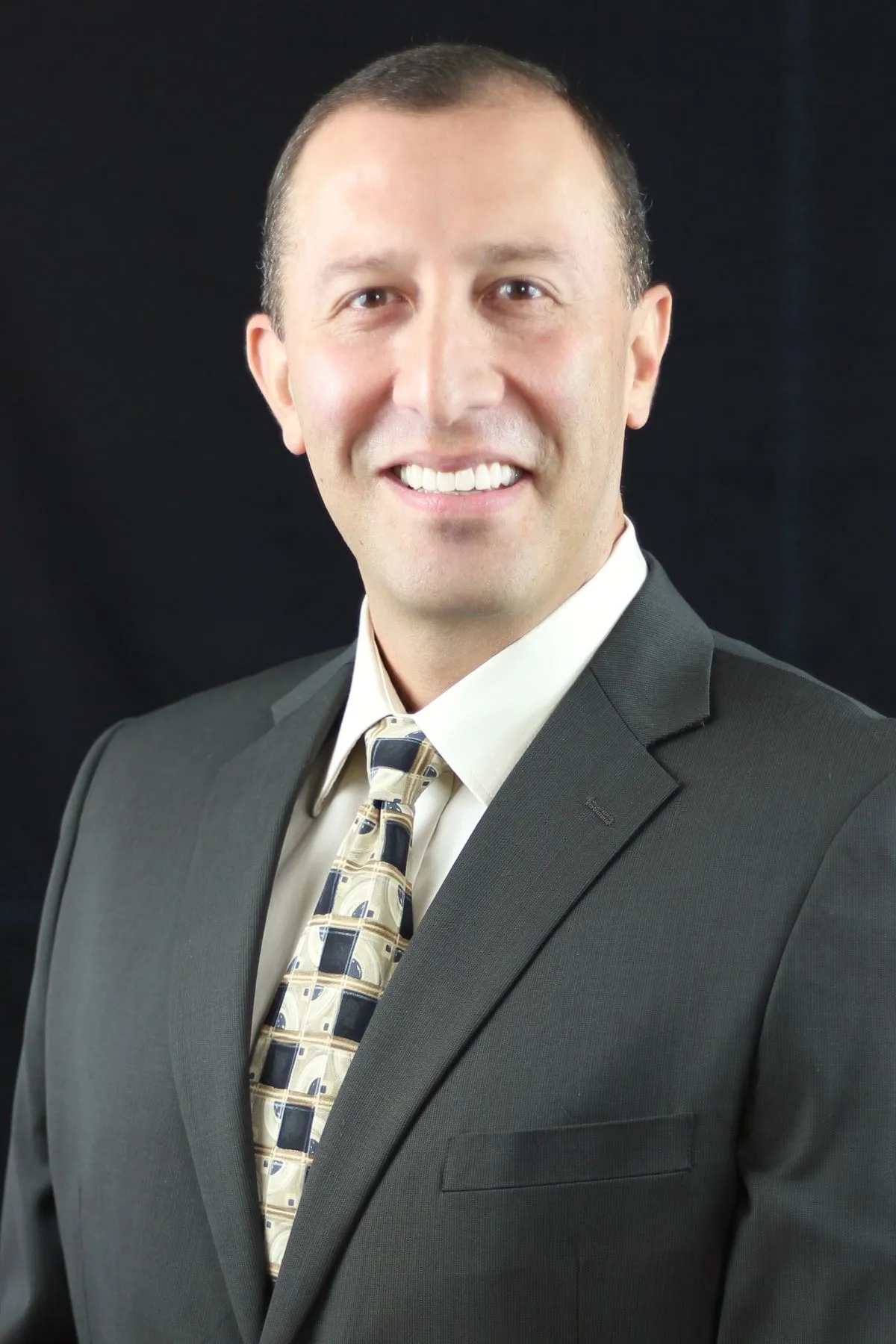
The real estate team is developing a project right now where we’re doing a lot of portfolio reviews with some of our major developers. We’re getting out there. It’s really a brand recognition thing right now for us. There are a lot of states that we are not in that we are really trying to drive toward. We’re really driving that brand recognition within the development community. So when they have an opening within a shopping center for a pizza concept, we want to be top of mind. We want to be able to get the first call from the landlord saying, “I have this 1,200-square-foot space. Are you interested in taking it?” That’s really our drive right now.
Can you tell me more about the new roles you’ve added to your development team to help with this growth?
We’ve built a very solid development team. We had Shannon Iverson, who is our VP of franchise growth. But we didn’t have a VP of construction or VP of real estate. Last year, we brought in David Gladstone as our VP of construction and then Paul Williams, who I used to work with at Jersey Mike's, as our VP of real estate. We built a really high caliber development team. And because of that, we're seeing a lot of progress from the development side.
They are subject matter experts in their fields. David is able to understand the construction side of the business, and really use value engineering he experienced when he was at Starbucks to drive the cost of construction down. From a real estate perspective, it’s about the relationships that Paul’s built with landlords, developers and brokers, where he could leverage those relationships. So it’s critical to me that I have subject matter experts in every specific field and the three pillars in sales, real estate and construction.
What does this level of expertise mean from a franchisee’s perspective?
There’s exponentially more confidence in my team from our franchise base when they see that we have subject matter experts in these specific fields. So it applies a lot more to the real estate and construction side by all means when they see someone like David who can walk them through and talk them through the construction piece, or Paul, who could walk them through the letter of intent and get into the nitty gritty of a deal.
A lot of our franchisees may have opened up several years ago and they don’t know what our whole development process is about now. We’ve changed the entire process, and we are offering a lot more support to our franchisees. We’re able to hold their hands through the process and because of that, it drives more confidence in my team. From our architects to permitting to letter of intent to getting the store open, the entire process is fully supported by my team.
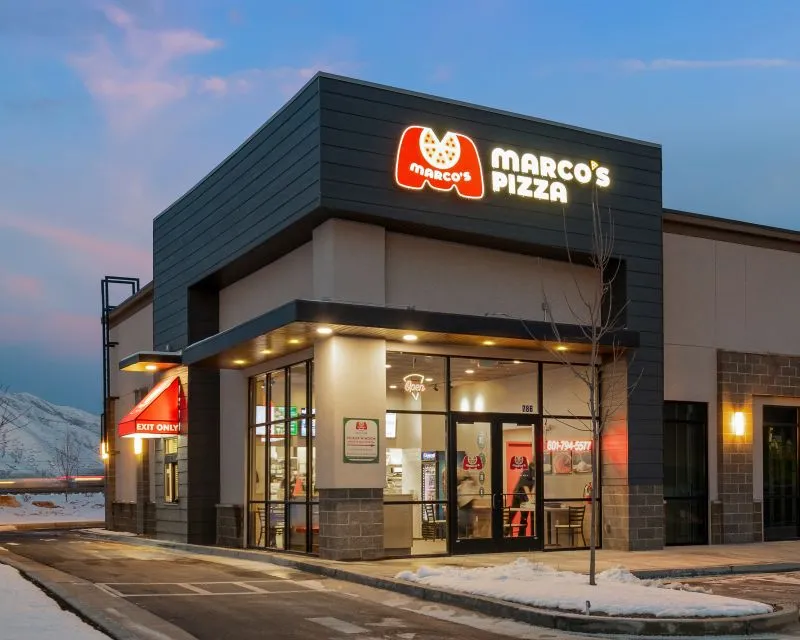
Has the move toward that smaller model helped open up new sites?
Shopping centers are typically built in a very specific manner. Most of them are 60 to 70 feet deep, when you’re talking about shelf space, which is really what we’re targeting. It’s very easy for us to go in and drive that smaller square footage for the landlord. There are a lot of QSR concepts out there that are on the bigger square footage side, like Chipotle needs over 2,000 square feet.
How does your real estate strategy help you be more competitive against the other national pizza chains?
Our competitors have a lot of markets out there that are saturated, and there’s very little opportunity for growth. We still have a lot of green space available. There are markets and states that we’re still not in. We have almost a blank canvas to work with, and we have the ability to target markets where our competition already has a foothold, and so that allows us to drive in there and get some market saturation from a development perspective.
What do you think we will be talking about five to 10 years from now, from a growth perspective?
Five years from now, I think the conversation is going to shift from domestic growth to international growth. If you look at a lot of the QSR concepts, a lot of the growth currently for those mature brands is developing internationally. From a domestic perspective, I see us exceeding that 2,000-store mark, heading towards that 4,000-plus-store mark. Growth will be concentrated between international and domestic.



